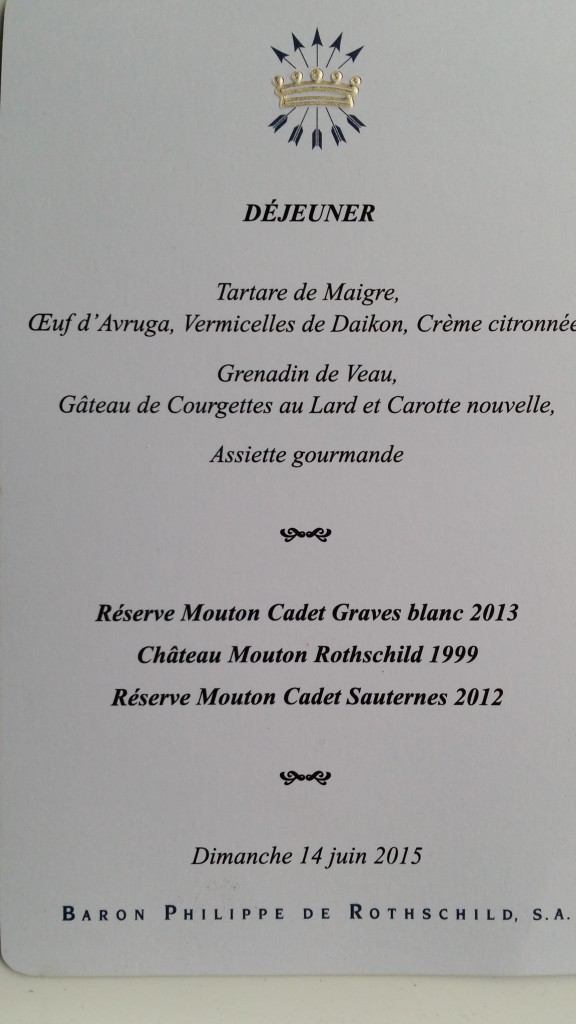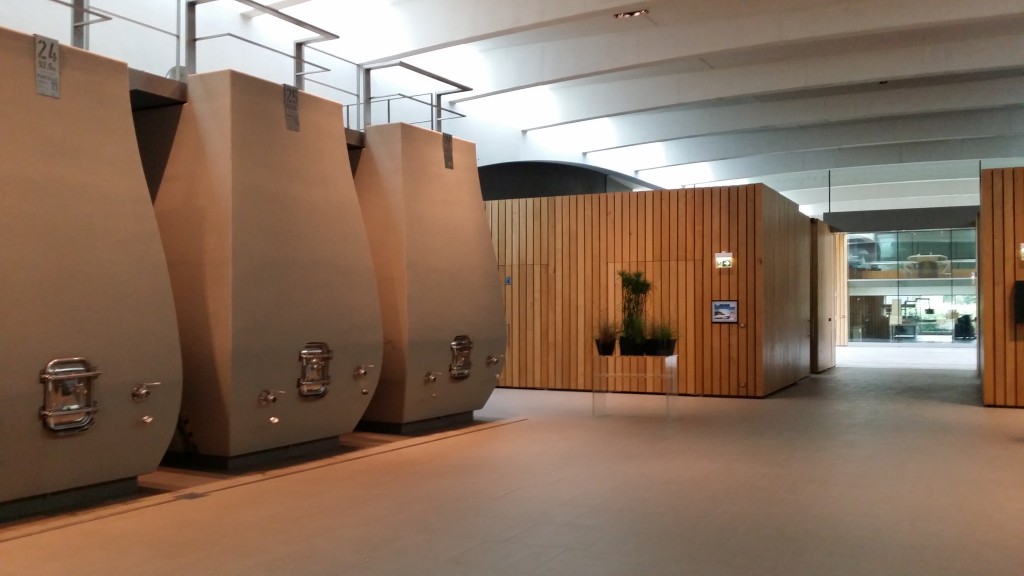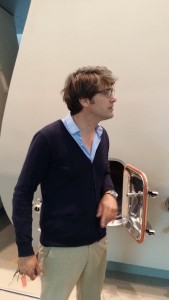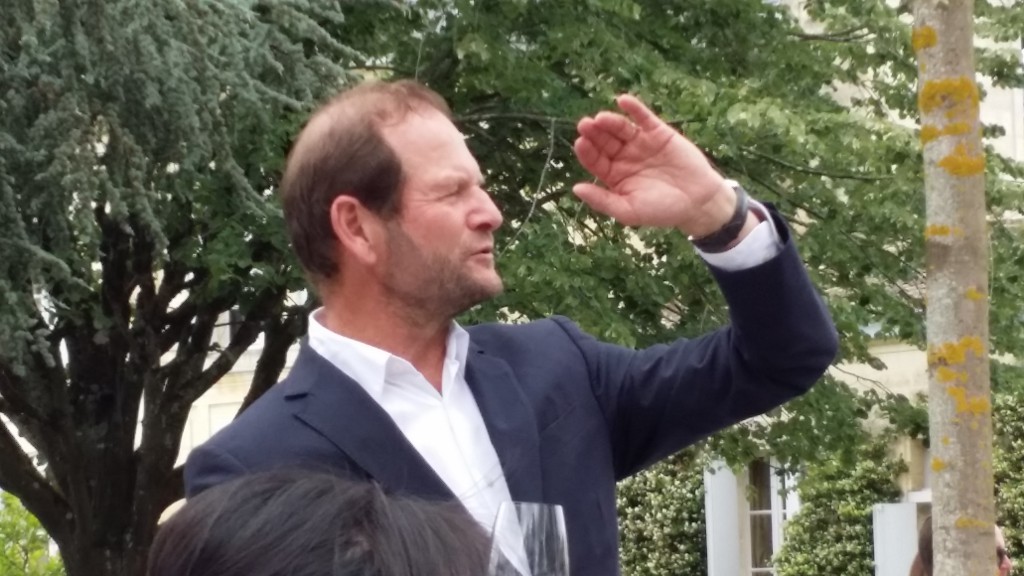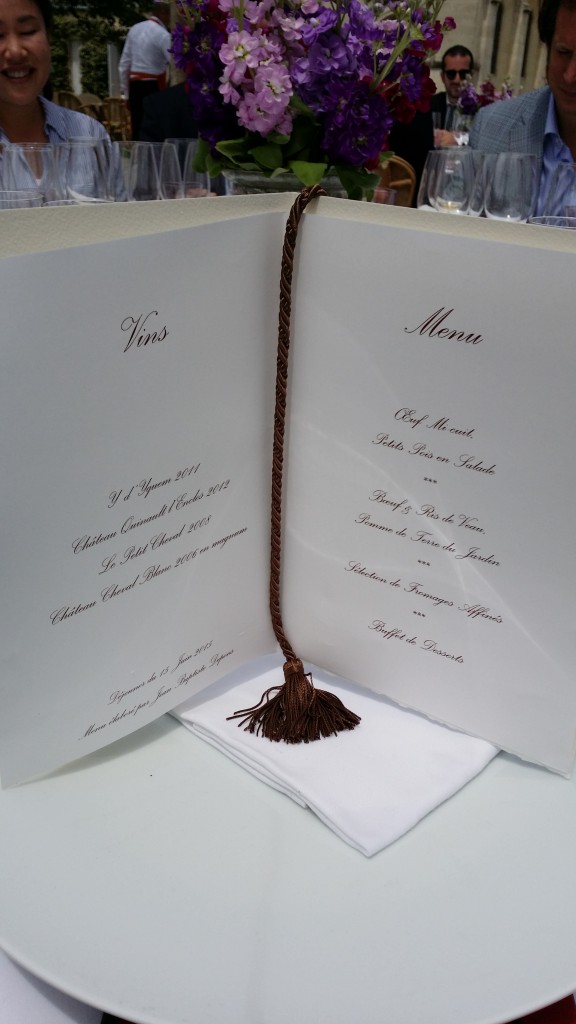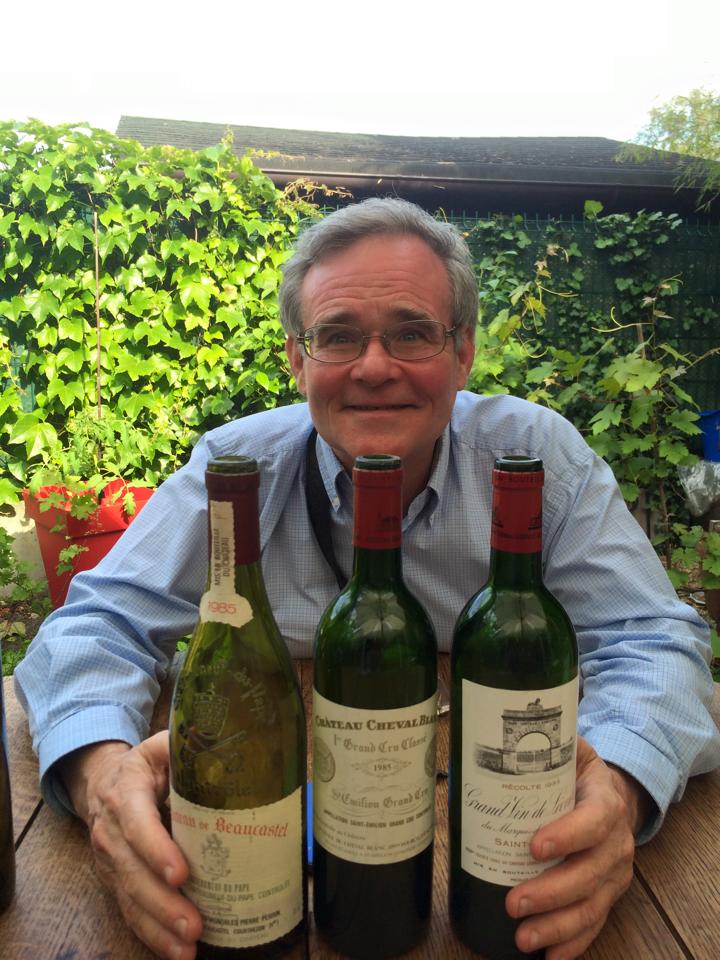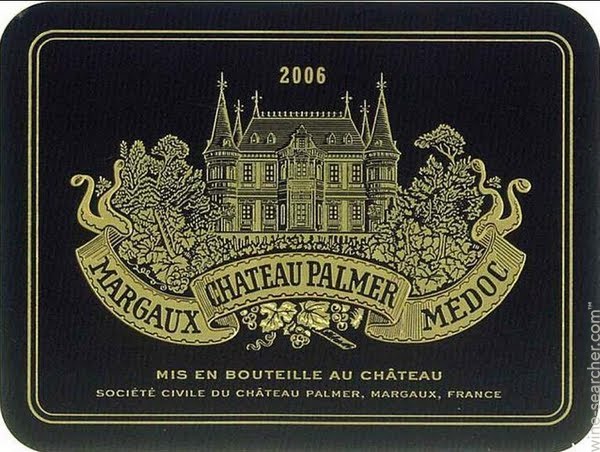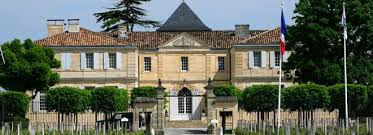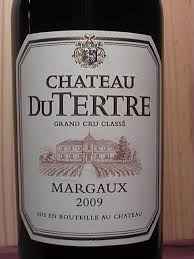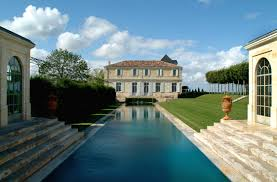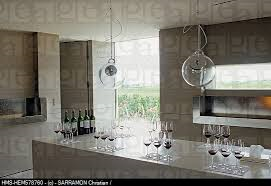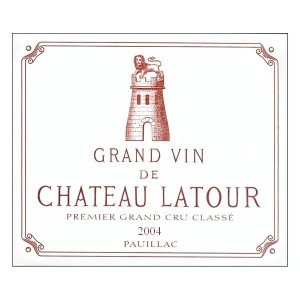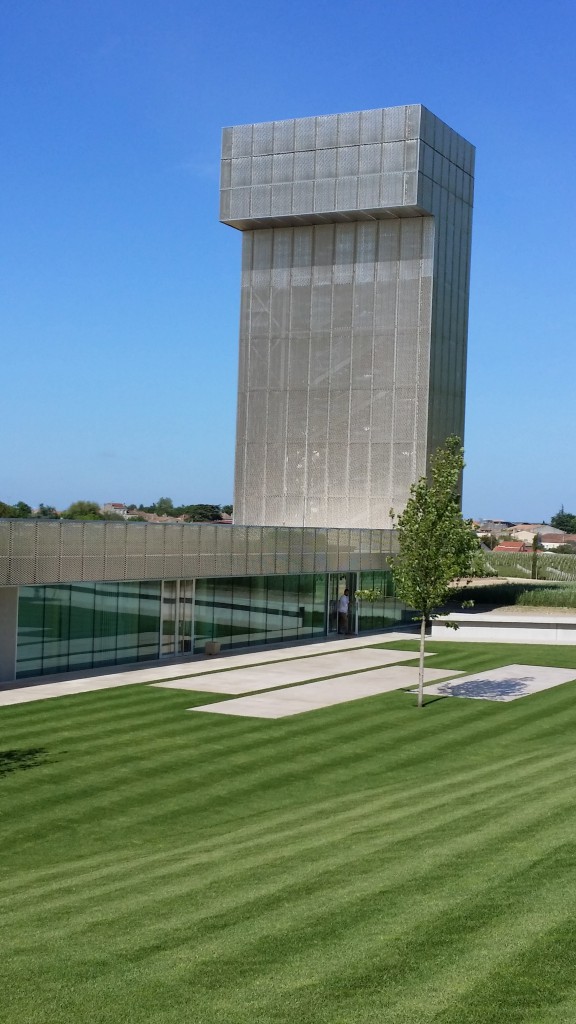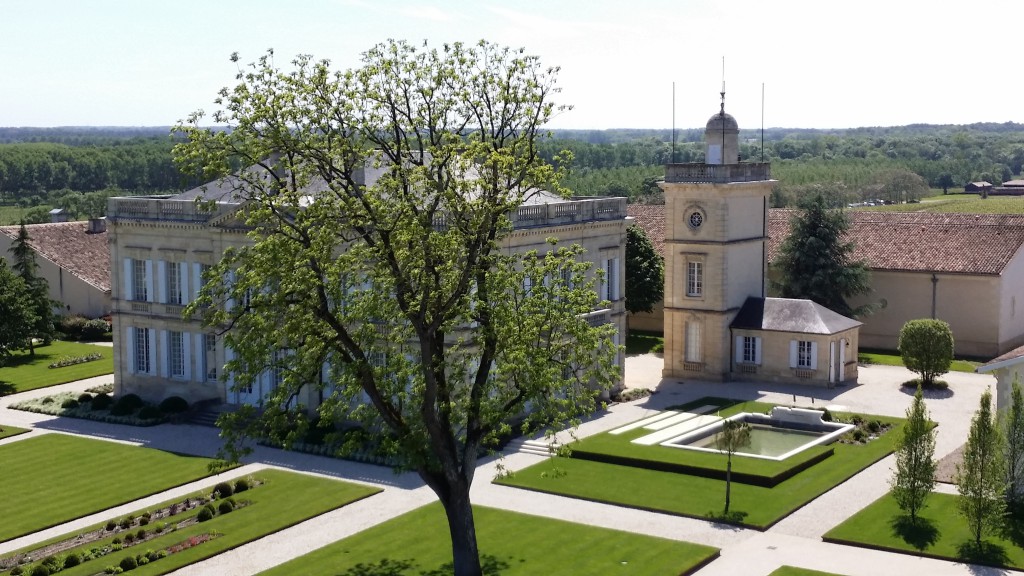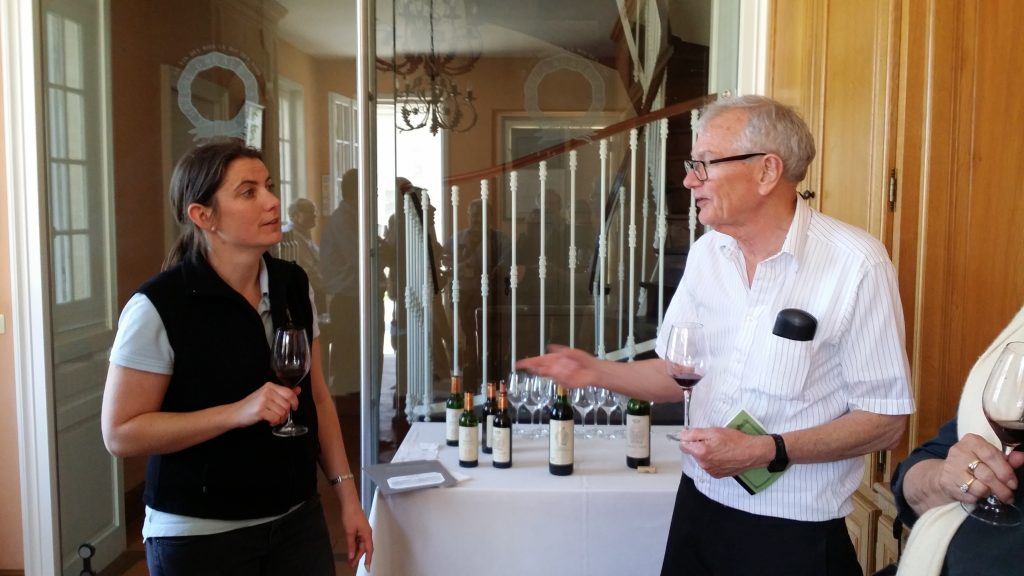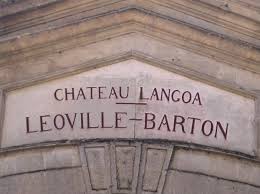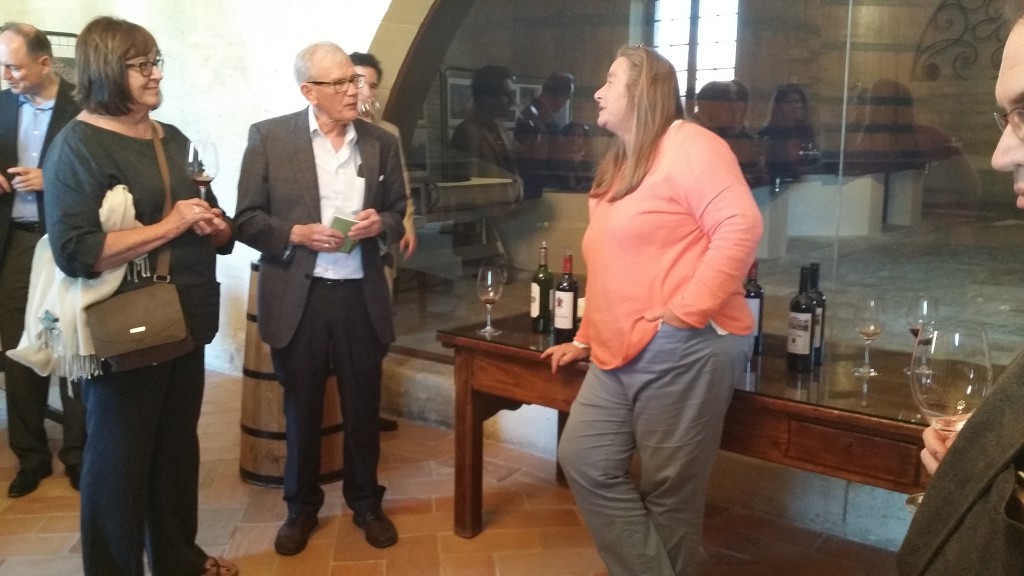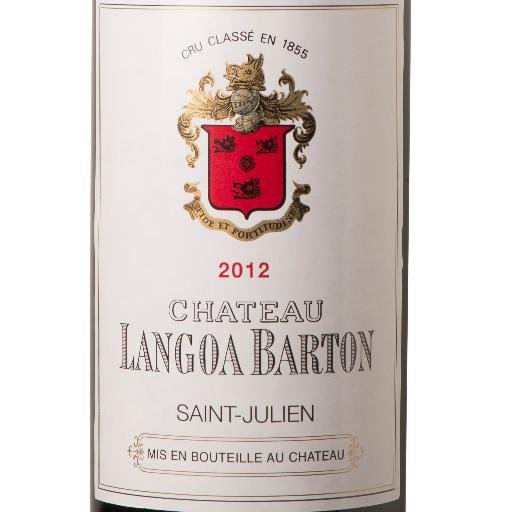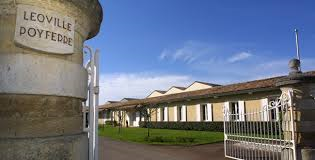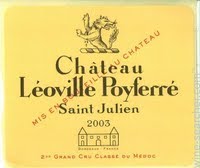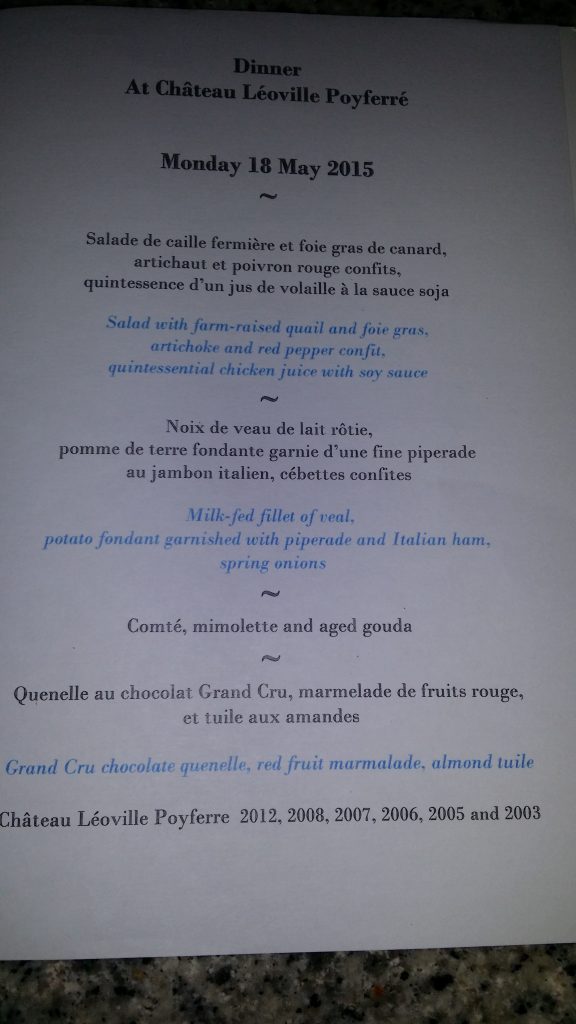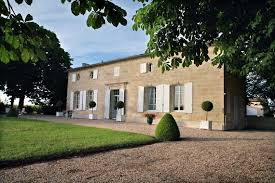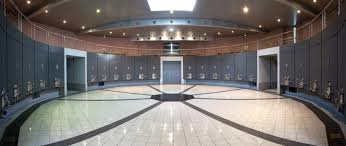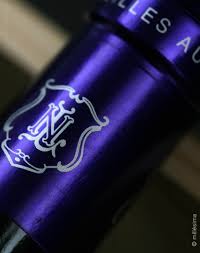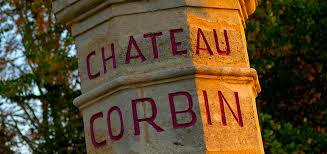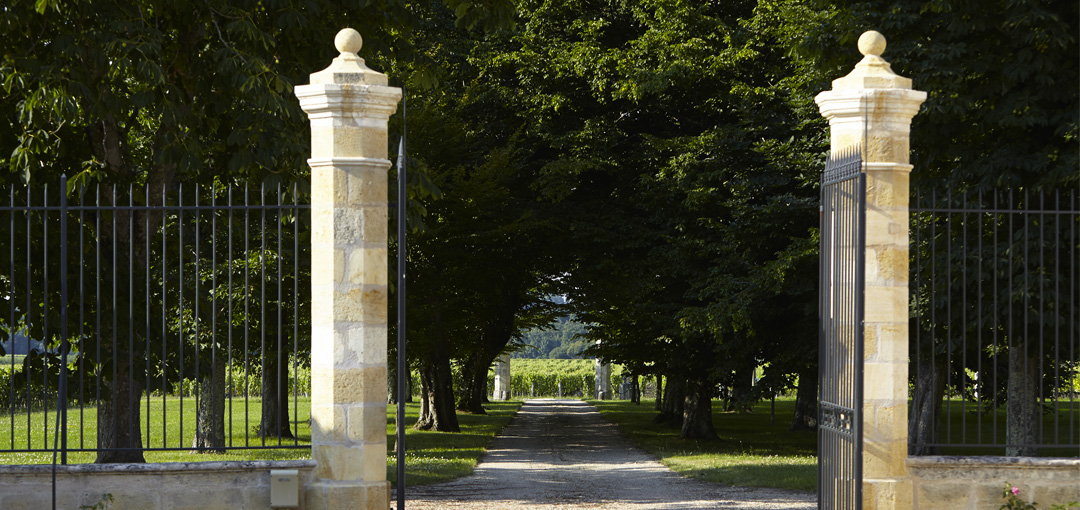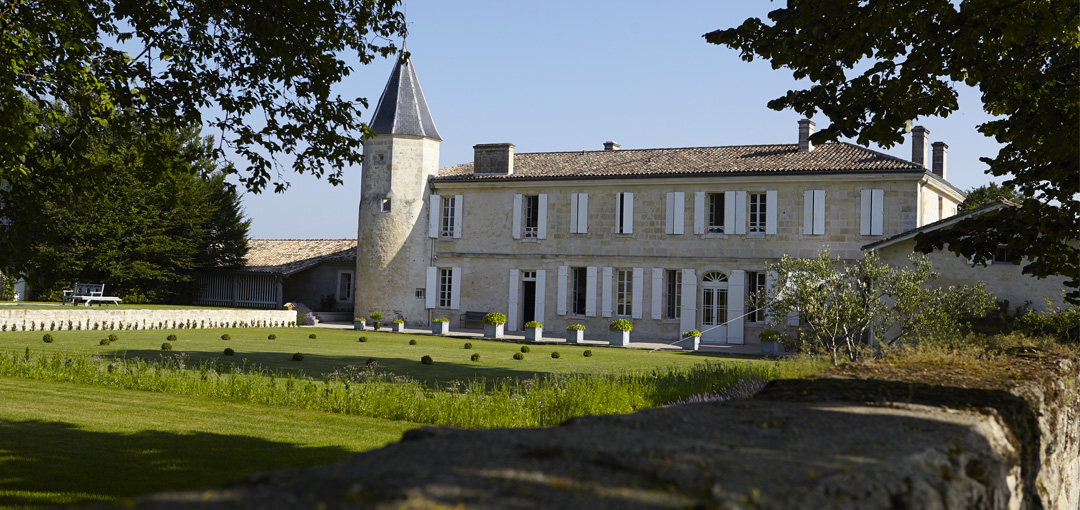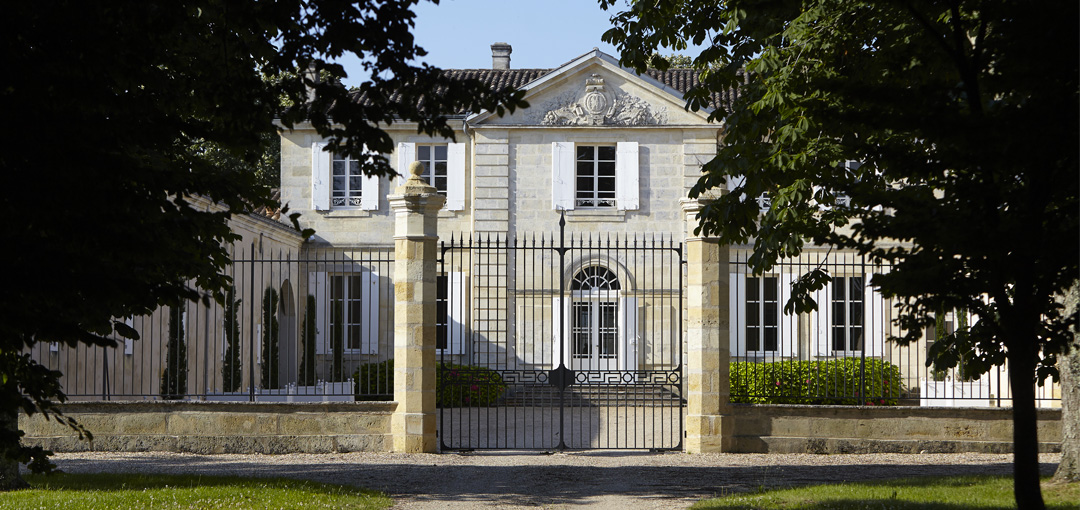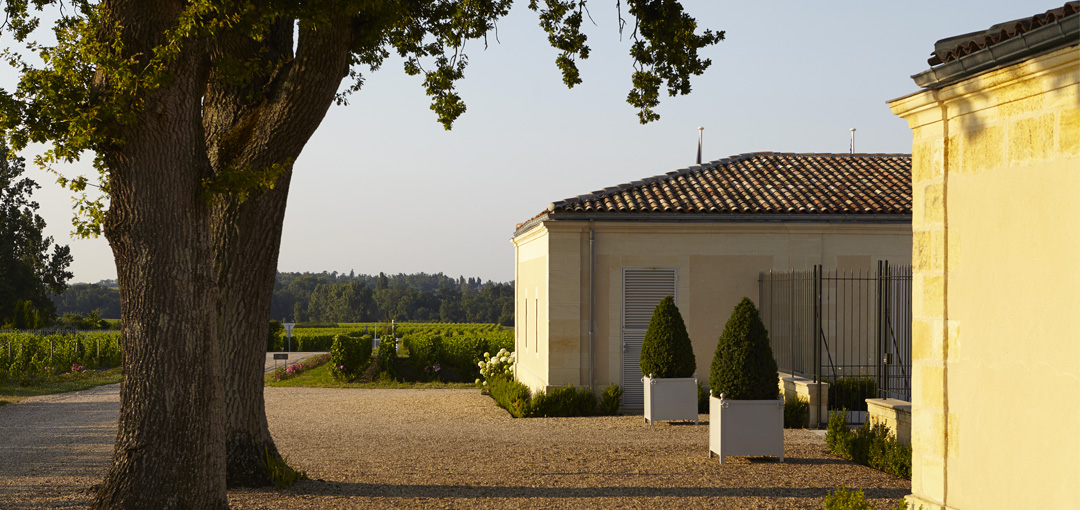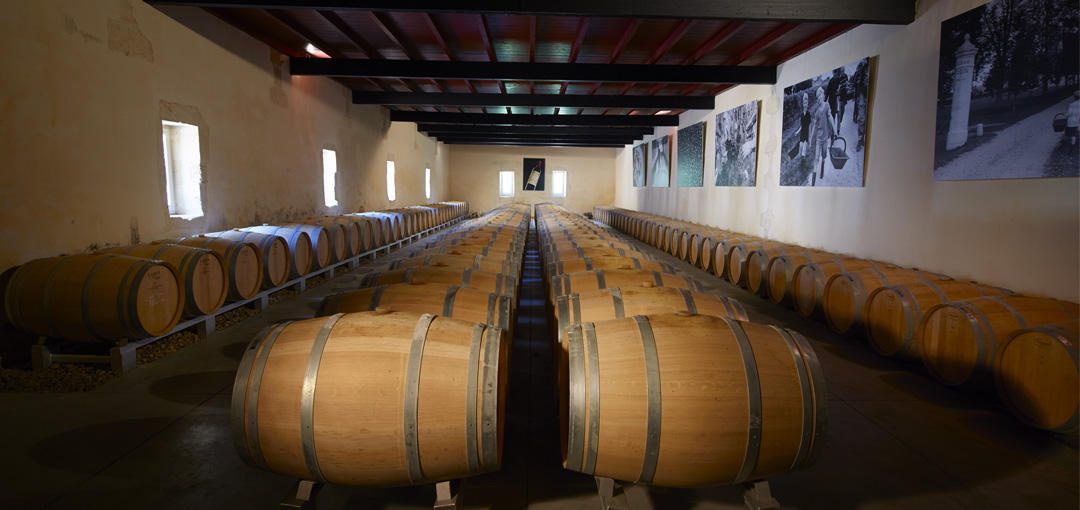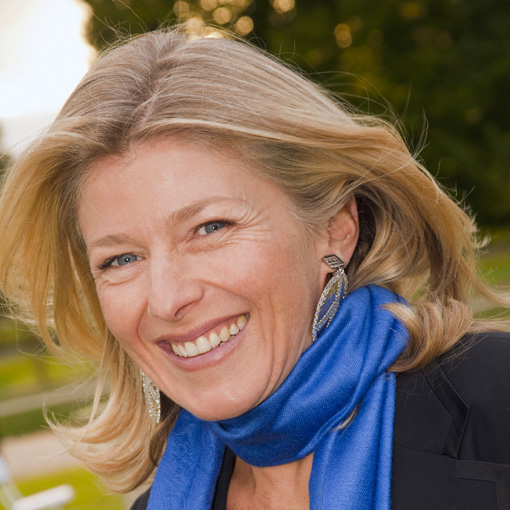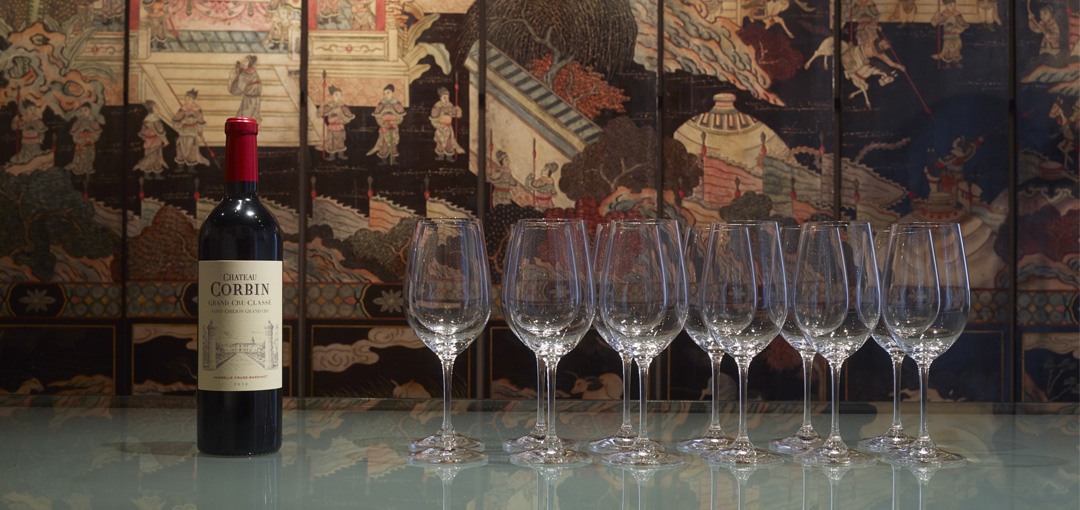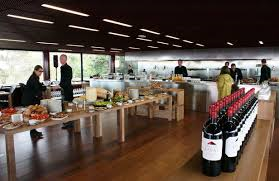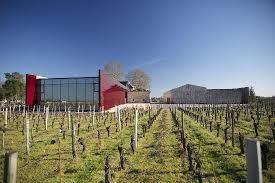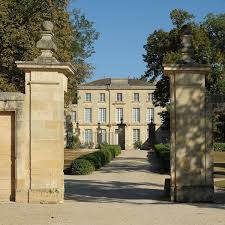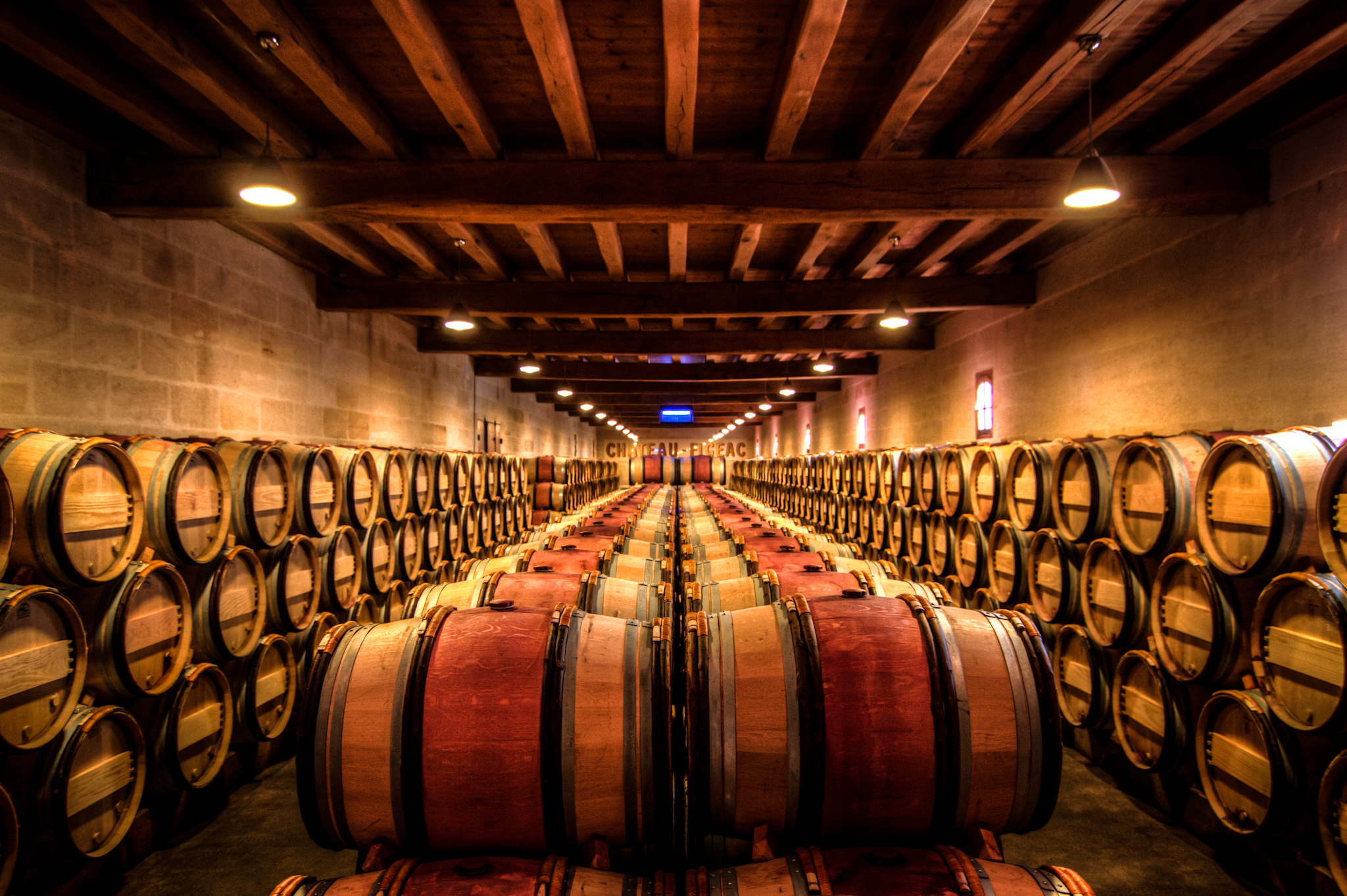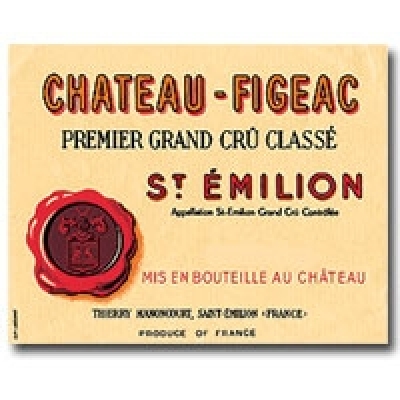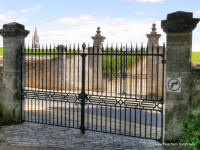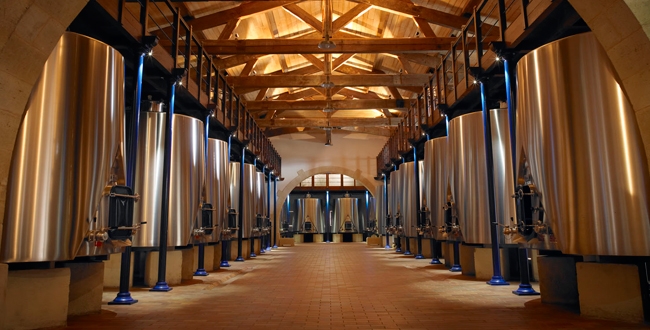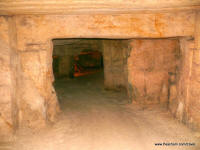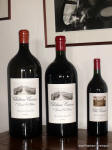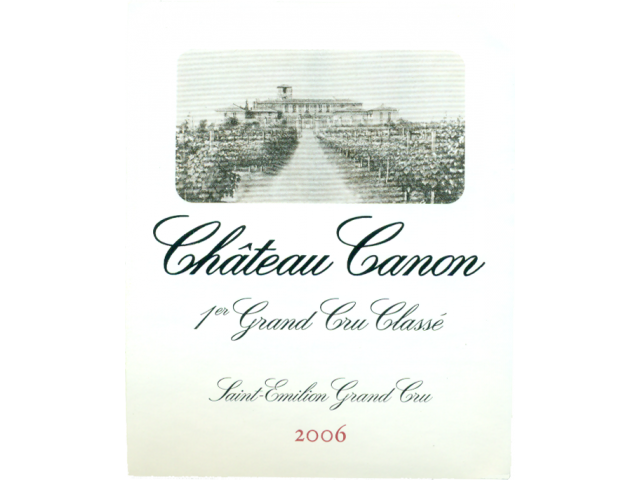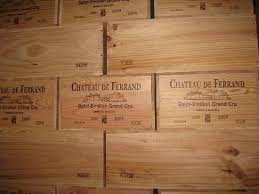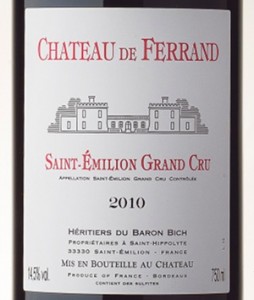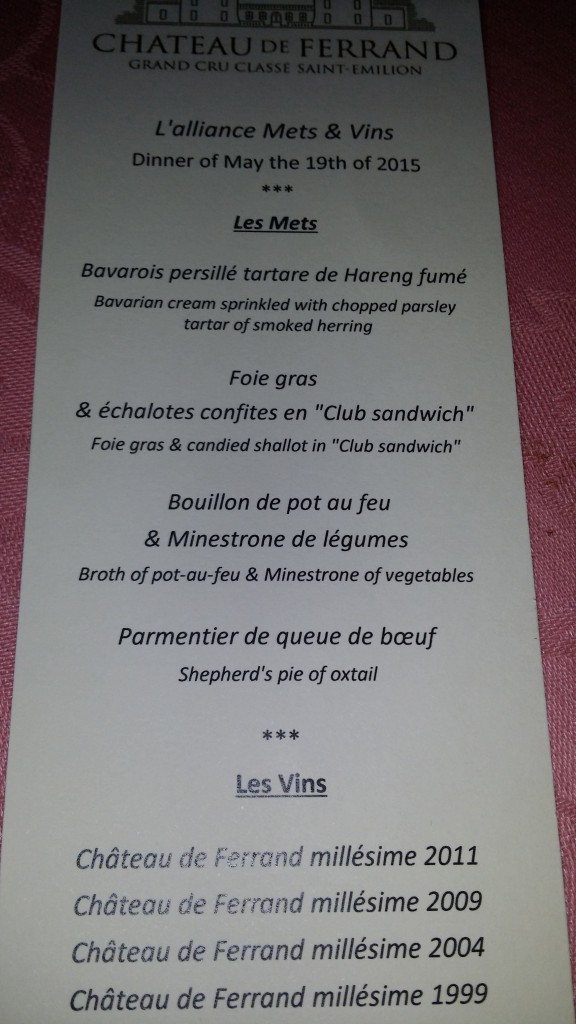The Union des Grands Crus is a fine example of what Bordeaux can do when people work together to promote fine wines. Of course, other countries/regions have their promotional associations too, either official or, like the UGC, privately-funded, but few have quite the outreach and international presence as the grands crus de Bordeaux…
Going back several years now, the UGC has organized one weekend a year in Bordeaux to showcase members’ wines: http://ugcb.net/fr/wgc/remerciements What makes the Weekend des Grands Crus unusual is that events are open to the general public, attracting people from all over the world. Activities include vineyard tours, formal dinners in châteaux, and a golf tournament. But the highlight is the mammoth tasting held on Saturday. A château representative (usually the owner or winemaker) is there to answer questions and serve two vintages: a designated one and a second one from a recent vintage of their choosing.
I attended the tasting at Hangar 14 in Bordeaux on Saturday May 30th 2015. The featured vintage was the 2012 and the choice was mind boggling. Having only one tongue, and therefore capable of tasting only so many wines, I decided to focus on one region in one vintage. And that was 2012 Médoc. I sampled 34 of them. Here are my notes.
Please note that there is little mention of color. That is because most Bordeaux have a deep rich color. Please also note that my scores need to be understood in the context of my personal scale. I am a tough grader. For example, 14/20 is an excellent score by my standard.
Also, I apologize for the lack of photos to go along with the text.
I would very much like to thank the Union des Grands Crus for inviting me to this tasting.
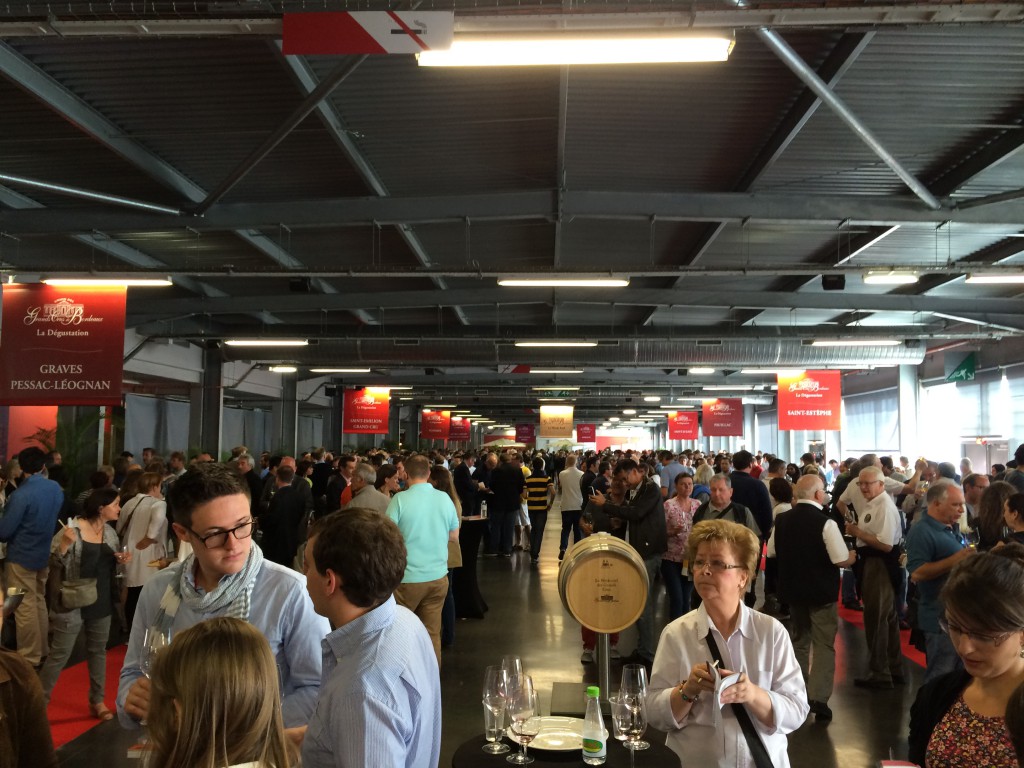
Ch. de Lamarque, Haut-Médoc:
Nose: sweet and simple with some oak.
Palate: bit dilute, but balanced. Lacks breadth. Elegant and frivolous. Short aftertaste.
12.5-13/20
Ch. Labégorce, Margaux
Nose: Closed at present, but revealing promising ripe berry fruit and graphite nuances.
Palate: Turns out to be rounder than the very first impression would suggest. Sweet, together. Refined tannin. Will be enjoyable young.
14.5-15/20
Ch. Clarke, Listrac
Nose: strong oakiness, but stops short of being overbearing and there is fruit to back this up.
Palate: oak plays a greater, and perhaps too great a role here and contributes to a dry finish. It remains to be seen if this will integrate over time.
12/20
Ch. Fonréaud, Listrac
Nose: pure, unadulterated fruit with a subtle floral component. “Fresh ash” aroma.
Palate: narrow taste profile. Refreshing, with slightly rustic tannin. Authentic Médoc, but lacking in substance.
12/20
Ch. Foucas Hosten, Listrac
Nose: Fruit forward (forest fruit). Not complex, but seductive and intriguing
Palate: well-made with oak ageing kept under control. Quite juicy and thirst quenching, but shows some character on the finish.
13/20
Ch. Pojeaux, Moulis
Nose: brambly, black fruit jelly. Understated.
Palate: More mouthfilling than all previous wines, but falls down somewhat on the middle palate. Big, slightly meaty wine. Fine Cabernet Sauvignon. A little austere, but the real thing.
13.5/20
Ch. Chasse Spleen, Moulis
Nose: good balance between fruit and oak. Forthcoming classic bouquet, but could show more personality and depth.
Palate: round, fluid, tangy, and will be enjoyable relatively young. Good wine in a somewhat commercial style.
14/20
Ch. Beaumont, Haut-Médoc
Nose: brooding, a little rustic and musky
Palate: surprisingly fine with dense candied black cherry flavours. Good long aftertaste. Great discovery. One of the biggest surprises of the tasting.
14.5/20
Ch. Camensac, Haut-Médoc
Nose: ripe candied fruit, but not very complex.
Palate: nice mouth feel. Generous, spherical and uncomplicated. Decent tannic grip. A tad dry.
13.5/20
Ch. Monbrison, Margaux
Nose: wood aromas (oak, cedar). Fruit is hibernating and the bouquet lacks freshness. Not expressive at this stage.
Palate: not a soft, feminine Margaux, but the breeding does come through on the aftertaste, which reflects some of the appellation’s magic. However, prior to this, the wine seems facile and a little dilute.
13.5/20
Ch. d’Angludet, Margaux
Problem on the sniff here. Gread deal of brett.
Not rated.
Ch. Brane Cantenac, Margaux
Nose: excellent berry fruit, pure and fresh, with a touch of caramel
Palate: rich, round and satisfying with a great follow-through into a medium-long aftertaste. Nice long, assertive mineral finish. Brane is on a roll!
15/20
Belgrave, Haut-Médoc
Nose: disappointingly lacking in expressiveness. Some fruit even so, which gives way to floral aromas. Some greenness and caraway nuances though. Fleeting.
Palate: round and upfront with good tannin. Simple, but attractive. Bit dry on the finish. Solid Médoc with maybe too much oak showing on the finish.
13/20
Cantenac Brown, Margaux
Nose: elegant violet nuances along with dark fruit notes, mint, and chocolate.
Palate: big, mouthfilling, thirst quenching, well made, and refreshing. Marked acidity gives lift to the wine. Very good.
14-14.5/20
Dauzac, Margaux
Nose: definite smoky quality combined with leather nuances and seductive almost New World Cabernet fruit
Palate: a little thin, but tangy, with a long aftertaste. Serious and technologically irreproachable, but does not seem like a “vin de terroir”. Too much oak influence.
13.5/20
Ch. du Tertre, Margaux
Nose: slightly artificial, brambly black fruit aromas waiting to come out. Ash and caramel overtones.
Palate: good acidity accompanies rich, classy fruit with a certain sappiness, but not quite enough. I came back to this wine at the end of the tasting and found it softer, with some graphite on the nose.
13.5-14/20
Ch. Lascombes, Margaux
Nose: marked berry fruit
Palate: interesting progression. Starts out soft and caressing, the shows a more acidic side with fine-textured tannin. Balanced and fairly classy.
14/20
Ch. Marquis de Terme, Margaux
Nose: soft. not much there, but what there is is elegant (blackberry and a touch of talc).
Palate: fresh, fine acidity and tanginess. Medium-long velvety aftertaste. Good effort, should age harmoniously. Puts this wine back in the limelight for me.
14/20
Ch. Durfort Vivens, Margaux
Nose: some herbaceousness (asparagus), but also chocolate overtones…
Palate: unbalanced, once again herbaceous, which follows through all through to the finish. This may diminish over time, but will always be there.
11/20
Ch. Rauzan Ségla, Margaux
Nose: disappointing and not very expressive. Some dark fruit and graphite in the background.
Palate: weak attack, but opens up to show good acidity. However, this wine is ultimately thin. First rate luncheon claret…
13/20
Ch. Beychevelle, Saint Julien
Nose: Pure, understated, and intriguing. Mysterious, beguiling bouquet.
Palate: Lovely velvety texture and good richness to back it up. A class act. Not a great deal of volume, but decent, if not broad-based, length. Fine wine. Not big, but refined.
14.5/20
Ch. Branaire Ducru, Saint Julien
Nose: underdeveloped, but with mineral hints reminiscent of limestone
Palate: much better on the palate Voluptuous, rich, sweet fruit tapering into a lovely classic St. Julien aftertaste. If it were not for the muteness of the bouquet, I would give this wine a 16. Let’s see how it develops…
14.5-15/20
Ch. Lagrange, Saint Julien
Nose: pure and mineral with some chocolate and ethereal cosmetic nuances, but not nearly expressive enough
Palate: open commercial style with an interesting juxtaposition of richness and acidity. Best enjoyed on the young side.
14/20 (charitably)
Ch. Léoville Poyferré, Saint Julien
Nose: lovely bouquet of blackcurrant and crushed blackcurrant leaves. Pure and very typical of its origins
Palate: rich and round going on to show marked acidity and fine character. Not quite the volume one would have hoped for, but extremely well-done.
14.5-15/20
Ch. Saint Pierre, Saint Julien
Nose: Toasty oak predominates, in fact overwhelms the fruit, in a way that will not be evened out by time.
Palate: in the château’s open, round, and sensual style, but the estate needs to tone down the barrel ageing.
13.5/20
Ch. Léoville Barton, Saint Julien
Nose: subtle strawberry and cherry jam overtones. Lovely and enticing.
Palate: Very round and surprisingly approachable. A soft Léoville with a cool (slightly mentholated) aftertaste. Very attractive with the class to match. Soft grip on the aftertaste.
15.5-16/20
Ch. Talbot, Saint Julien
Nose: rich, gummy, with ferrous and mucilage smells
Palate: angular, awkward, not very attractive. Possibly a bad bottle or a bad time to taste.
10/20
Ch. Lynch Moussas, Pauillac
Nose: classic Pauillac with graphite and good fruit and restrained oak to back it up. Fine candied cherry elements. Very nice bouquet.
Palate: good, grippy, and solid, with medium-long aftertaste. Maybe a touch dry, but Lynch Moussas has gone up in my estimation. Nice surprise.
14.5-15/20
Ch. Clerc Milon, Pauillac
Nose: sweet cranberry and some lead. Open and fruity.
Palate: mouthfilling fresh and fruity. Chewy mouth feel. Tannin melts in the mouth and then goes into a tangy finish with a reasonable amount of oak. Polished. Successful.
15/20
Ch. Lynch Bages, Pauillac
Nose: not very expressive with soft, underlying, creamy cherry-vanilla
Palate: soft on the palate as well. Develops seamlessly on the palate. A feminine Lynch Bages.
14-15/20 (depending on how it develops)
Ch. Pichon Comtesse, Pauillac
Nose: fine, classic nose, if not overly pronounced
Palate: lovely, creamy texture and a long subtle aftertaste – but I prefer the Lynch. A rematch is called for in 5-10 years. However, the Comtesse does have lovely fine-grained tannin and an attractive mineral aftertaste…
14.5/20
Ch. Pichon Baron, Pauillac
Nose: clean, bright, brambly black fruit that is not tremendously complex at this stage
Palate: assertive from the very first, unfolding to reveal a very Pauillac taste profile (cedar, graphite, cigar box) with first class tannin and excellent grip. Built to last. Not as rich and powerful as some Barons, but a very successful wine.
15/20



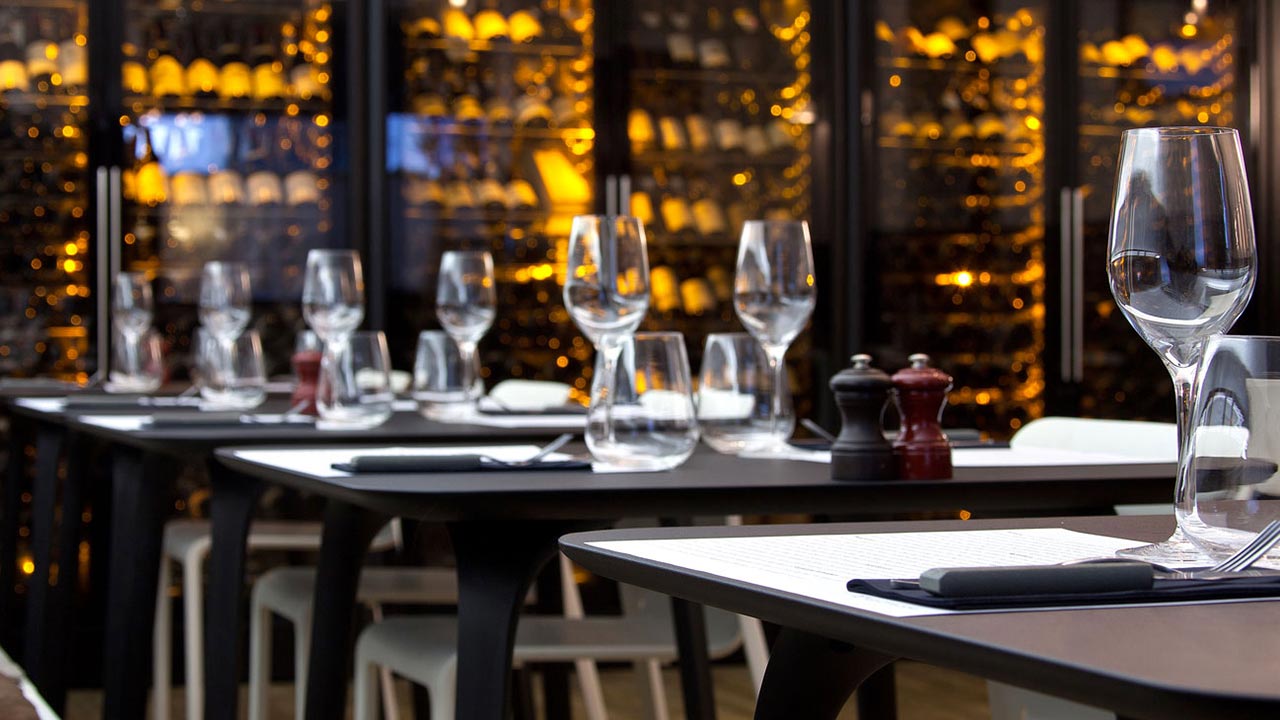
![rene-et-vincent-dauvissat-camus-la-forest-chablis-premier-cru-france-10464450[1]](http://www.bordeauxwineblog.com/wp-content/uploads/2015/09/rene-et-vincent-dauvissat-camus-la-forest-chablis-premier-cru-france-104644501.jpg)
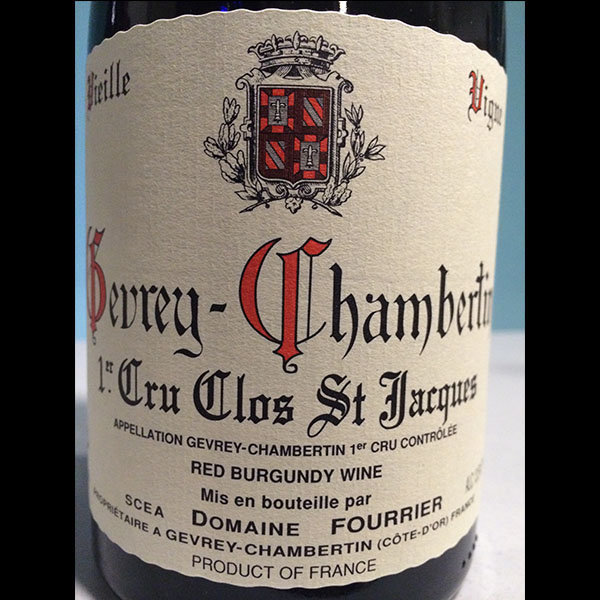

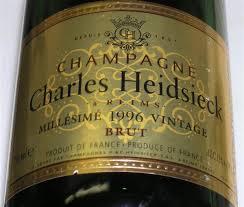
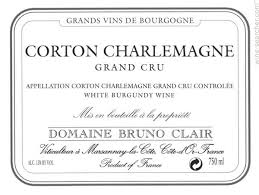
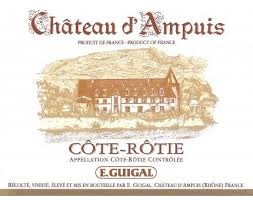
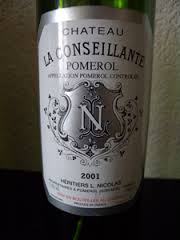
![44240_org[1]](http://www.bordeauxwineblog.com/wp-content/uploads/2015/08/44240_org1-225x300.jpg)
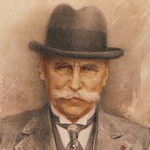

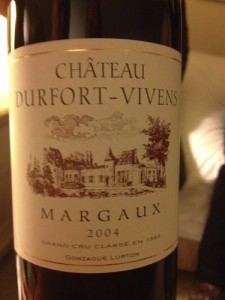

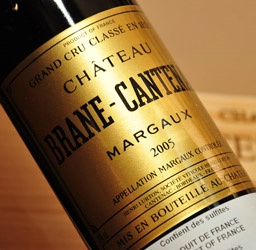
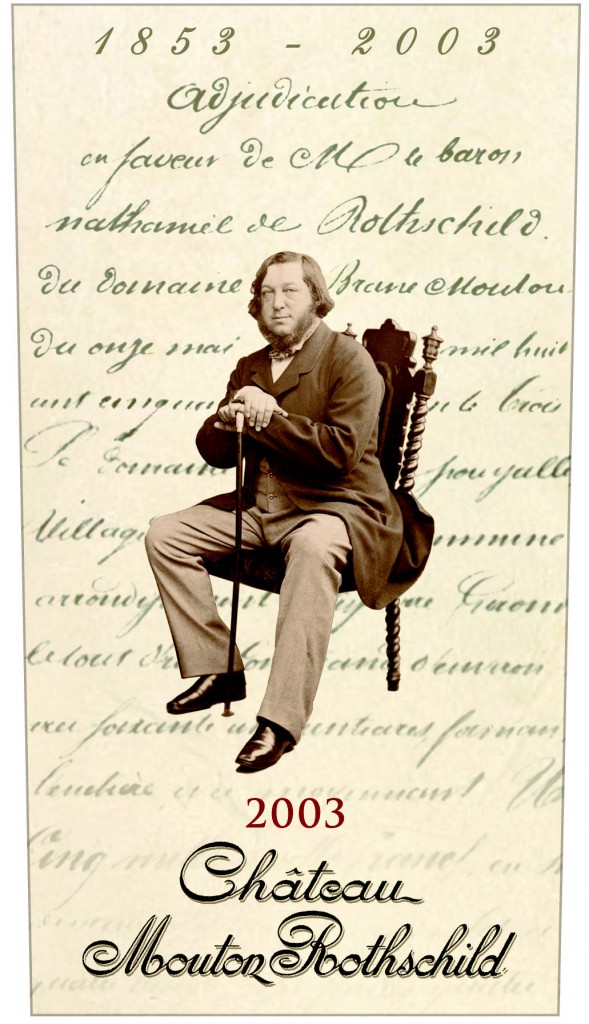
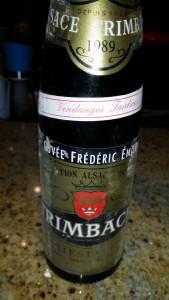
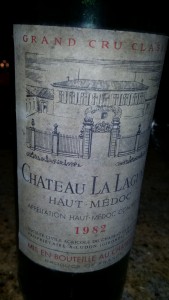
![20150715_220837[1]](http://www.bordeauxwineblog.com/wp-content/uploads/2015/07/20150715_2208371-e1437568972319-576x1024.jpg)
![images[2]](http://www.bordeauxwineblog.com/wp-content/uploads/2015/07/images2.jpg)
